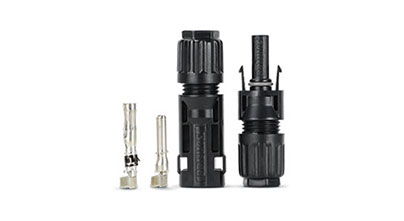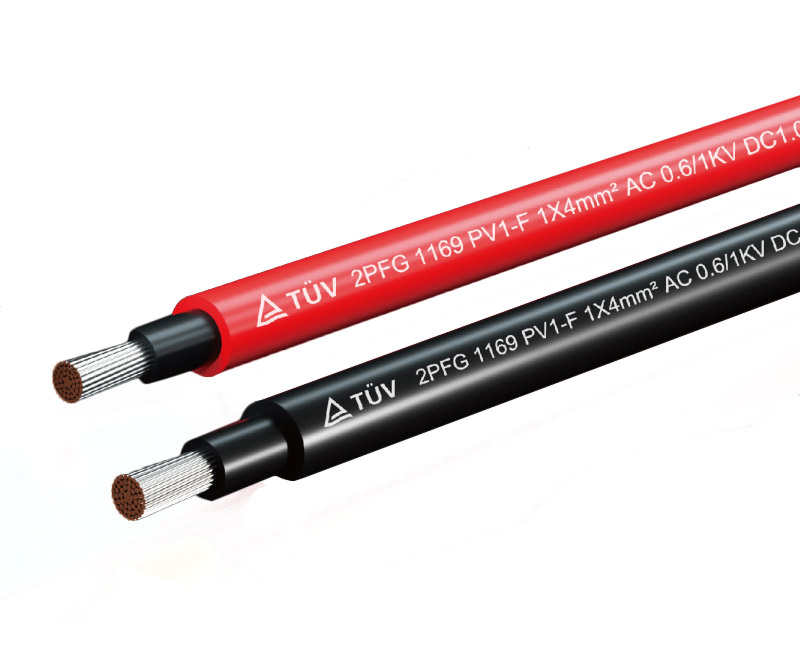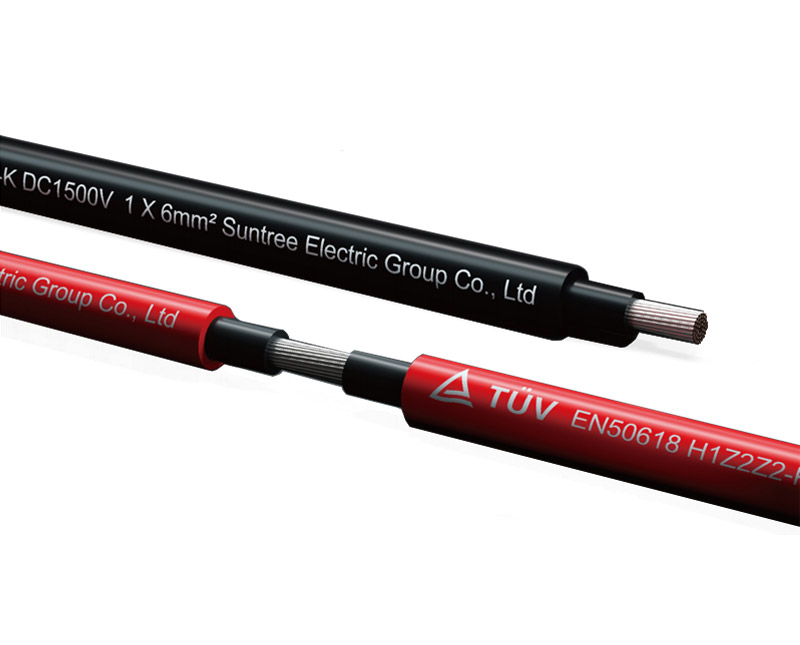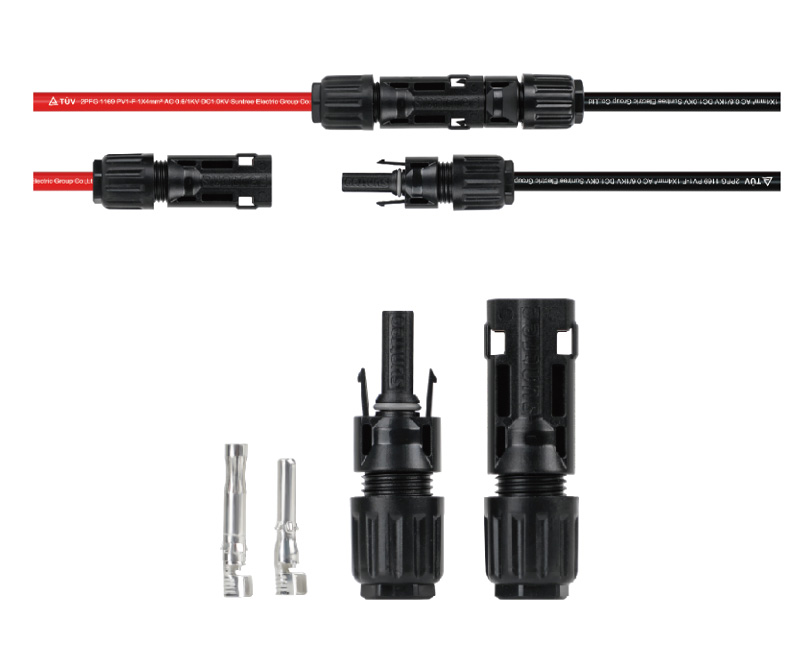what to use to secure outdoor cable to metal walls
In today's era of rapid technological advancement, the safe fixing of outdoor cables is crucial to the stable operation of various electrical systems. Whether it is common power transmission or the emerging field of solar power generation, the correct method of selecting fixed cables cannot be ignored. This article aims to provide you with a detailed introduction to the practical methods of fixing outdoor cables on metal walls, and especially discusses the key points of fixing solar cables.
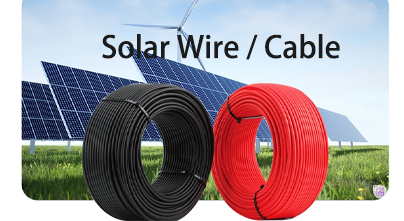
I. Introduction
In the realm of outdoor electrical setups, ensuring the safety and stability of cable installations is crucial. This article delves into the methods of fastening cables to metal walls, catering not only to general outdoor cables but also addressing the unique aspects of solar cables.
II. Common Methods and Materials for Securing Outdoor Cables to Metal Walls
A. Cable Clips
Cable clips present a popular and uncomplicated solution. They are available in diverse sizes and materials like plastic and metal. Plastic ones are lightweight and simple to install, either by screws or adhesive. Metal clips offer enhanced durability and strength, suitable for heavier cables or harsher outdoor conditions.
B. Cable Ties
Cable ties are another frequently used option. These flexible straps can encircle the cable and attach to a hook or screw on the wall. With various lengths and tensile strengths, you can pick the right one according to the cable's diameter and weight. They are also handy for bundling multiple cables before securing them, creating a tidy appearance.
C. Conduit and Mounting Brackets
Utilizing conduit to enclose the cables and then affixing it to the metal wall with mounting brackets is a more sophisticated yet highly effective approach. Conduit shields the cables from physical harm, moisture, and other environmental elements. The mounting brackets can be screwed or bolted onto the wall, and the conduit is secured within. This method is particularly apt for long cable runs or areas with significant wear and tear.
III. Transition to Solar Cables
Now that we have explored the general cable securing methods, let's focus on solar cables. What distinguishes solar cables from regular ones, and how does this affect their attachment to metal walls?
Solar cables are engineered to carry electricity from solar panels and endure prolonged sunlight exposure and harsh environments. A key concern in securing them is UV resistance. So, what materials should we opt for to safeguard the cable's integrity and its connection to the wall?
For solar cable installations, it's advisable to use UV-resistant cable clips and ties made from materials that can withstand the sun's rays without degrading. Another significant factor is cable flexibility. Given that solar panels might shift due to wind or temperature changes, how can we prevent cable damage from excessive bending or stretching?
When fastening solar wire/cables, it's essential to leave some slack to accommodate movement. This can be done with longer cable ties or clips that permit slight movement without stressing the cable. Also, routing the cable to minimize sharp bends and kinks is vital.
IV. Conclusion
In summary, whether dealing with standard outdoor cables or solar cables, choosing the appropriate securing techniques and materials for metal wall installations is critical. By accounting for the specific needs of each cable type and the environmental factors, you can ensure a dependable and durable setup. This safeguards the cables and promotes the overall efficiency and safety of the electrical or solar power system.
Remember, proper cable management is fundamental to a successful outdoor installation, and careful selection of securing methods will yield long-term benefits.

